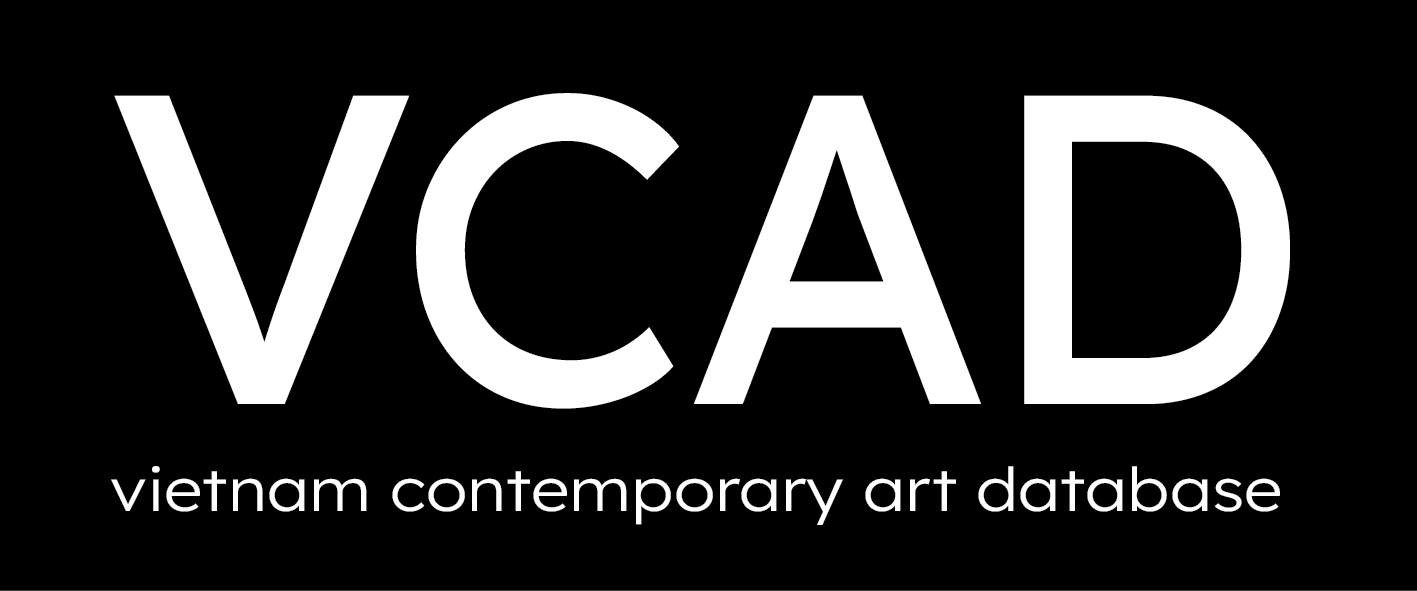Two abandoned stone carvings caught Xuan Ha's attention. These found objects are rejected marble sculptures from an atelier specialized in producing revered spiritual idols. Suspended in unfinished states, they resemble phantom-like enigma, colorless kaleidoscopic shapes. A pigeon? Virgin Mary? A female deity?... As much as they are ugly and undesirable in ideal standards, they are alluring in Xuân Hạ’s aesthetic, because they touch on her lingering concern about the real lives of the women behind those marvelous fables. Hence, she deliberately cut through the aura surrounding divine figures to point out the violent intervention on the fragile women whose sacrifices became a model for permanent, imperishable structures for generations of strangers to admire.
The found stone objects tell stories in unconventional tones. They expose the vertical, top down power dynamic between the creator and the objects. The creator determines the good, the bad and the ugly and ultimately influences public acceptance. At stake are the real, often challenging records of the persons in question. To create a deity, the creators, namely sculptors and propagandists, enjoy the same authority. They both decide on the stereotypes that are enforced by symbols and ready-made judgments to spare the audience the trouble of visualizing for itself. Plump lips, refined nose, round hips, slim waist, bit by bit, the creators are manipulating perception and attitude toward the archetypal forms and symbols. In turn, symbols are related to the psychological phenomenon of the stereotype, that which empowers propaganda and art to take over literature, past and present, and history, which can be rewritten according to specific needs to influence beliefs. Propaganda in a sense works like an aphorism, in that it simplifies a complex truth for public reception.
- Written by curator Nguyen Phuoc Bao Chau.



